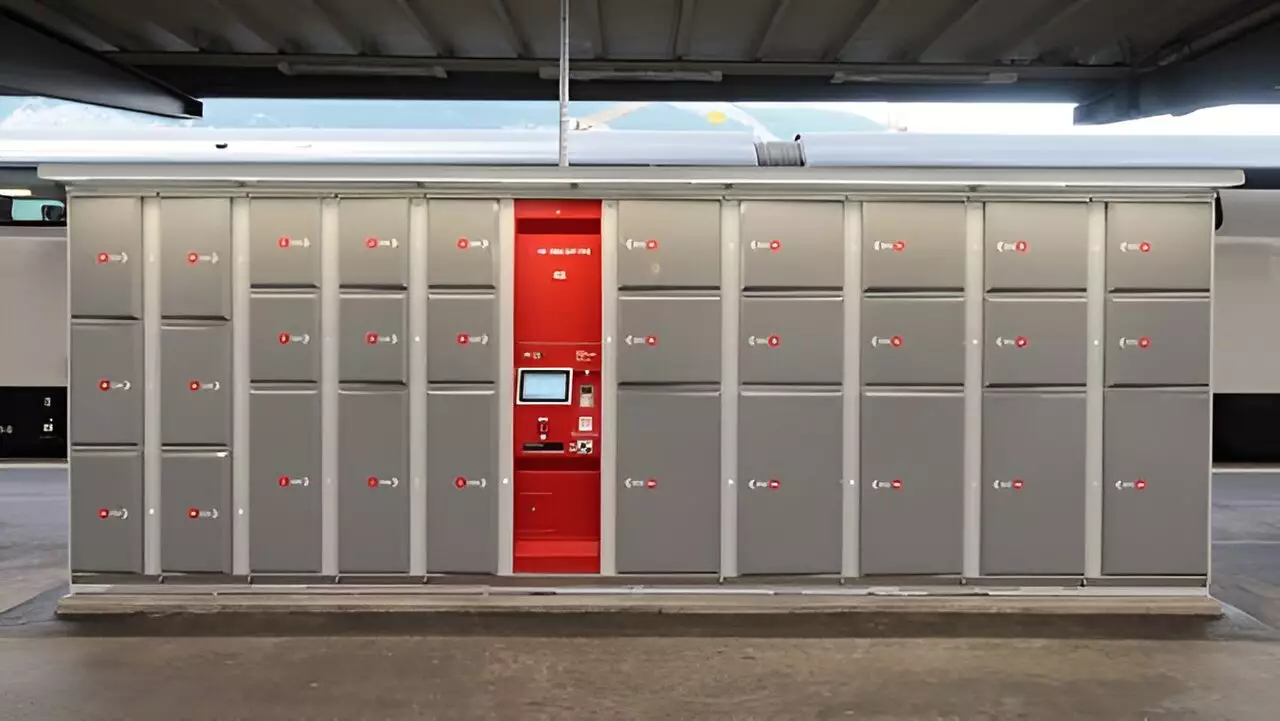The surge in e-commerce has led to a significant increase in parcel deliveries, resulting in environmental challenges such as carbon emissions and air pollution. With the majority of last-mile deliveries being carried out by high-emitting diesel vehicles, there is a pressing need to explore sustainable alternatives to reduce the impact on the environment.
The Concept of Crowdshipping
One innovative solution that has gained traction in recent years is crowdshipping, a concept that leverages crowdsourcing to optimize delivery services. By enlisting members of the public to deliver parcels on their existing journeys, crowdshipping integrates passenger and freight transport, offering a more sustainable and efficient approach to parcel deliveries.
Crowdshipping has shown promising results in various simulations, demonstrating several key benefits. By outsourcing a small percentage of parcel deliveries to crowdshippers using public transport, e-commerce carriers can reduce the number of delivery vehicles needed, resulting in a 20% decrease in delivery vehicle distances and emissions. Additionally, carriers can enjoy cost savings even after paying crowdshippers for their services.
Despite the potential benefits of crowdshipping, there are several practical considerations that need to be addressed. One crucial factor is the willingness of passengers to serve as crowdshippers. A survey revealed that most passengers are open to delivering parcels, especially if incentivized with a modest payment. Another concern is the impact of transporting parcels on public transport during peak hours. Limiting crowdshipping to off-peak times can help mitigate congestion and delays while making efficient use of excess capacity on public transport systems.
Ensuring Reliability and Trust
To ensure the success of crowdshipping, it is essential to establish a reliable and trustworthy service platform. This includes implementing mechanisms to verify the identity of crowdshippers and track the status of parcels in real-time. Building accountability and trust among users is crucial in fostering the growth and sustainability of crowdshipping as a viable delivery solution.
Crowdshipping using public transport is particularly well-suited for cities with robust public transport networks and high passenger volumes. By integrating passenger and freight transport, cities can enhance the efficiency of urban logistics operations, making strides towards more sustainable urban mobility. Through data-driven transport modeling and simulation, cities can explore innovative solutions like crowdshipping, conduct trials to test their feasibility, and ultimately implement them to improve urban delivery systems.
Crowdshipping represents a sustainable and innovative approach to parcel deliveries, offering a win-win solution for e-commerce carriers, passengers, and the environment. By embracing new solutions like crowdshipping and integrating them into existing urban mobility frameworks, cities can pave the way for a more sustainable future for parcel deliveries and urban logistics.


Leave a Reply